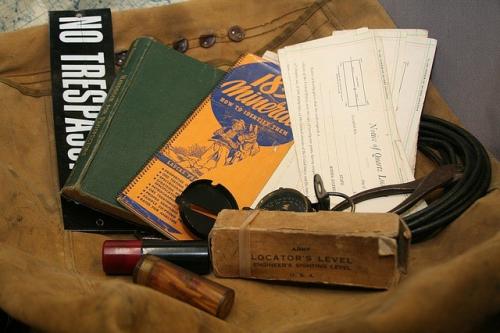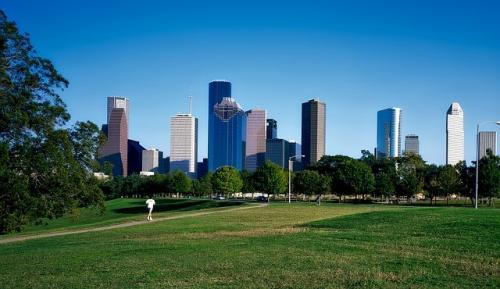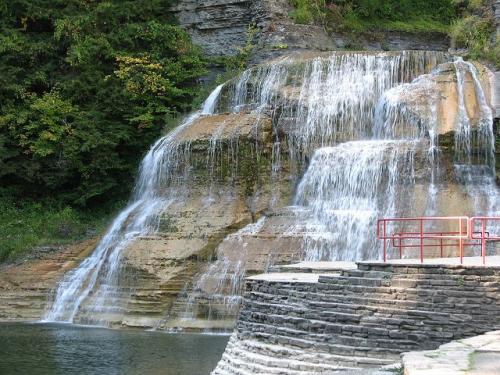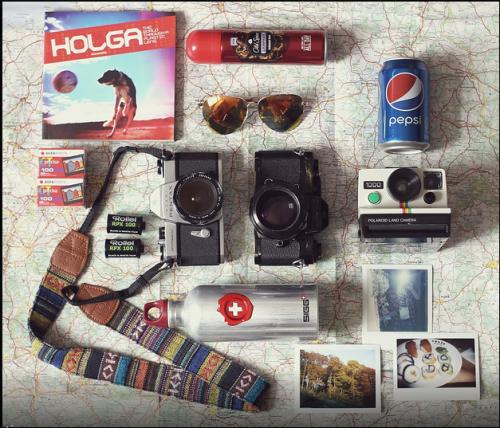3 Wilderness Survival Tools
 Here are some wilderness survival tools-
Here are some wilderness survival tools-Knife
Carrying a good knife is a must for surviving in the wilderness. Whether you want to cut vines and branches for shelter building or other tools, or for finding water sources and preparing food, a knife is an essential and multi-purpose survival tool. A fixed blade knife is a better option, as they are more durable and better performing than a folding blade knife. You can carry a folding knife as a backup for smaller tasks.
A knife can be used for cutting vines and branches, cutting ropes, creating weapons and tools, cutting a cloth to use as a bandage, and many other things. Create a glitch-free plan using trip schedule planner.
How to maintain a knife to survive in the wilderness:
When the knife gets dirty after use, clean it without fail, before putting it back. Use a cloth, rag or a damp cloth to clean the knife, and make sure you do not leave the blade wet to avoid rust.
Every time you return from a camp or trip, make sure the blade of your knife is sharp.
In case you are using a folding knife, ensure that the folding blades are not getting loose from the place where it is attached to the knife.
Water Filtration System and Storage Container
Water is undoubtedly a must for survival. Carry a water storage bag or bottle for storing drinking water. A water bottle is a preferable option over a canvas water sack, as the bottles are more durable and less prone to being punctured in the wild.
In case of an emergency and absence of any other way, you can store water in a piece of hollow log, bamboo, a cloth, a rag, or even a plastic bag.
There are a number of portable water filter systems available in the market, which can be used when you are out of or unable to find proper drinking water in the wild.
Source of Heat, Light, and Signalling
Carry a lighter or a box of matches as they are a quick and easy source of light as well as fire, the fire being good to provide you heat as well as generating a signal. However, a lighter or a box of matches is not usually enough, and these should serve as your backup resources. For cold or wet environmental conditions, a butane torch is a good tool to carry. As this torch runs on fuel, it is advisable to carry back up fuel for the torch as well.
It is also important to carry a small flashlight to guide you through the tracks when and where it’s dark.









Comments